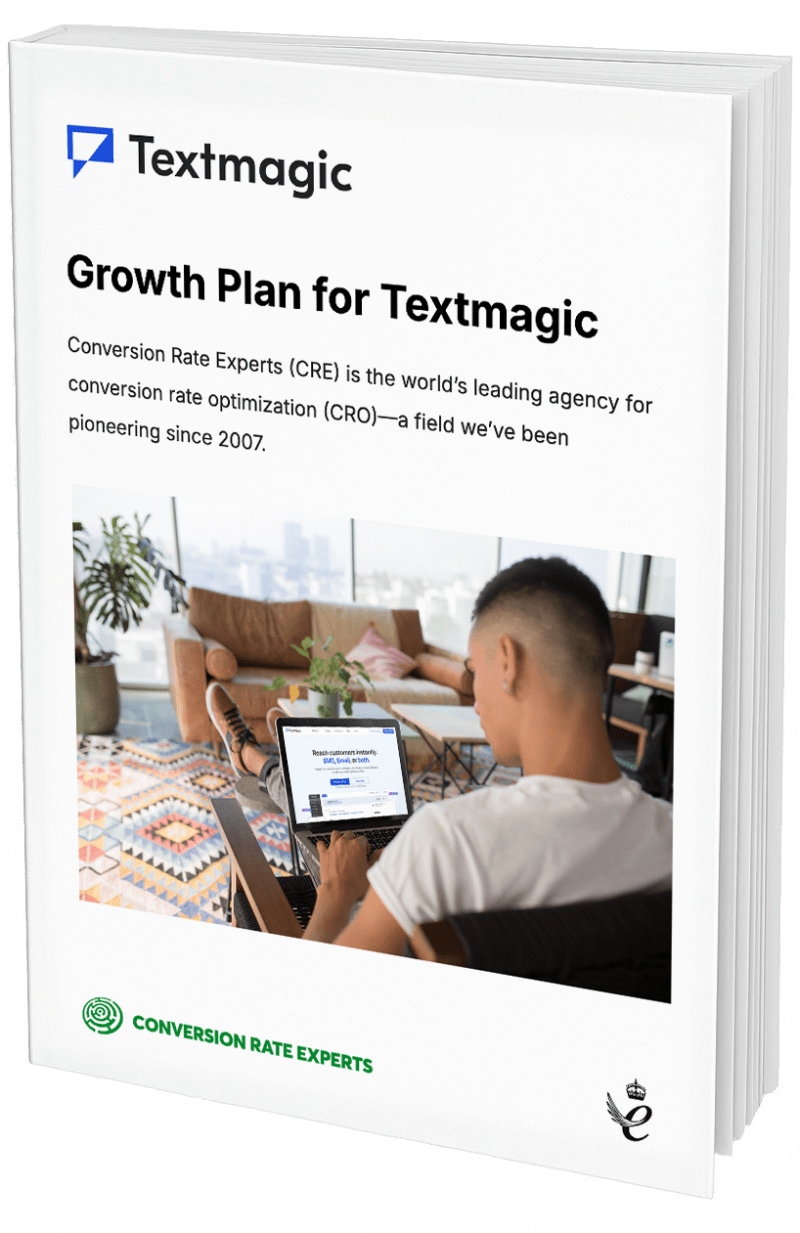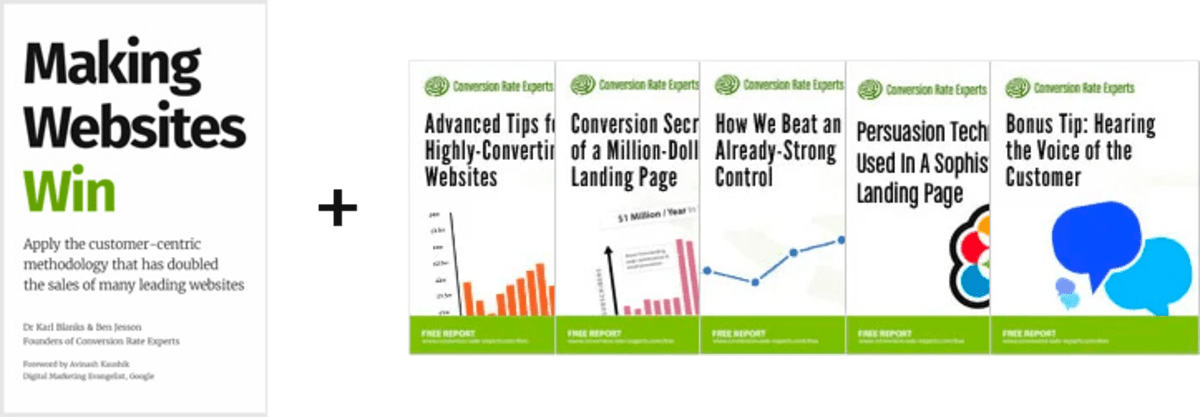Copywriting Friday: How to march to a different drummer—and sell a lot of drums
(By the way, to get articles like this free in your inbox, subscribe to our newsletter.)
Copywriting Friday highlights the tools and techniques of persuasive content. Some of the examples may seem dated, but the principles are timeless (and critical for conversion rate optimization). Enjoy.
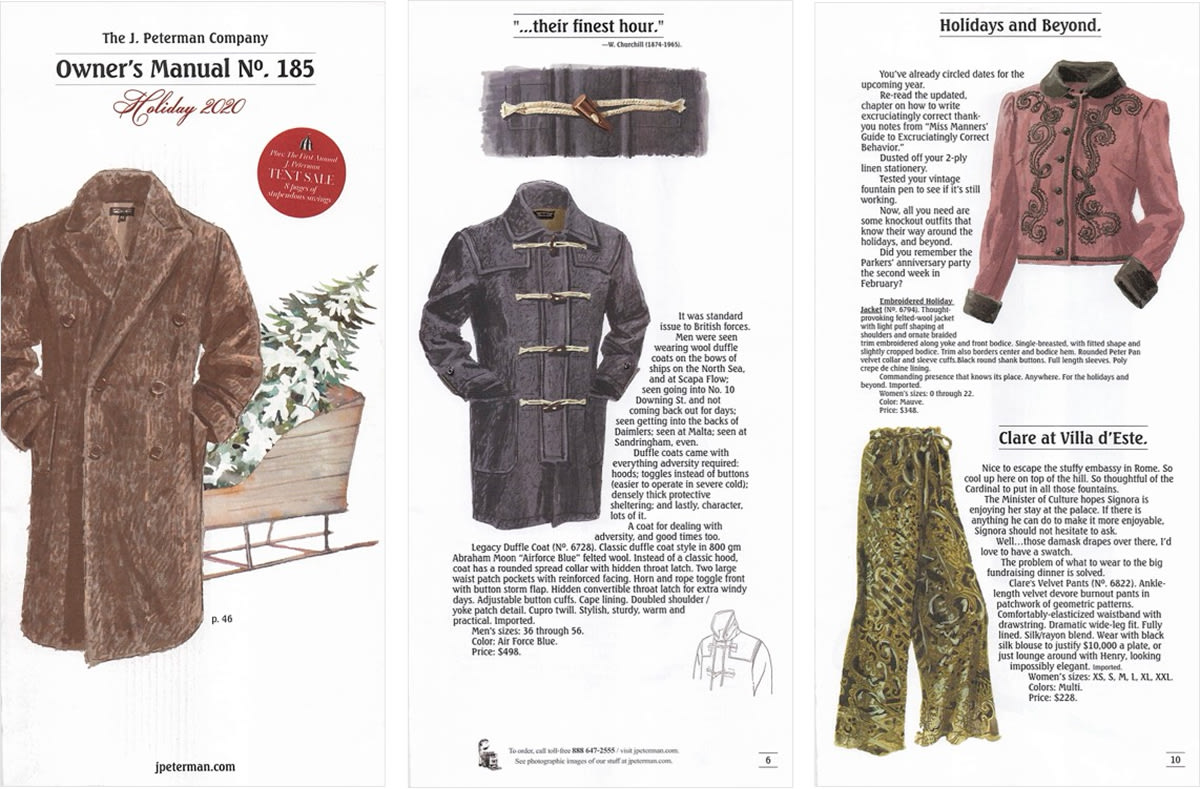
- We’re not going to print the normal, letter-size pages people are accustomed to. Ours will be tall and skinny, handbook size, on expensive paper.
- We will not show any people whatsoever in our catalog, even though it will be full of clothes for sale.
- The clothes won’t be photographed, but instead will be sketched in what looks like colored pencil.
- We won’t even call it a catalog; it will say “Owner’s Manual No. 1” on the cover.
- It won’t be a women’s or men’s catalog—we’ll just sell what we feel like selling.
- Oh, and our prices will not be competitive at all, but double or triple the going rate.
Talk about a pitch that’s likely to strike out.
But if the person pitching was named J. Peterman, it would go on to become a home run.
The J. Peterman catalog company started in the 1980s with one single garment for sale. First-year sales were $300,000, and by year three, they had grown 16 times. By year four, sales were $20 million.
Let’s first look at one major hurdle all marketers must overcome in order to get the sale. We’ll then look at five ways the Peterman catalog does just that—and how you can, too.
The big challenge: Win the first five seconds
All day long, we’re on the receiving end of a firehose of information, pitches, requests, and choices: Which emails deserve our attention? What social media posts are worth our time? Which pieces of physical mail do we keep or let go of, as we sort them over the trash bin?
We’ve become good at making these instant decisions, the way a gold prospector might inspect a pan, looking for “color.” As we glance at all these messages that vie for our attention, it would be generous to say that we give each one five seconds. Fortunately, the task is made easier when we remember earlier messages from the senders.
We’ll consider our email inbox for a moment. Let’s say I recognize the company from the subject line, and I recall earlier emails. Their reputation now comes to my aid in a flash of thought:
Positive anticipation:
- Oh good, my favorite science blogger with facts I usually have no idea about…
- Finally! My school reunion committee with the details about that upcoming event….
- Cal Newport. Probably another essay about deep work—he makes me think….
- It’s Rajesh! I could use another funny story from him today.
Not so positive anticipation:
- That company again… every one of their emails is a pitch. Never mind….
- Not another browbeating from my car dealership! (“What are you waiting for? Trade in that car today! Ugh.")
- I’m not interested in a boring broadcast to the masses. (“Join thousands of people just like you….")
Now look at your recent communications with your prospects. Have you honestly earned a place in the Positive Anticipation category and can be considered a welcome guest?
What have you built your communication reputation on? Have you regularly been helpful, interesting, or just funny? What is in it for them that makes your communication welcome?
It can’t be just that you think your product or service is great, because we’re not talking about your product or service—we’re talking about their five-second decision to take moments from their busy day to read your email, webpage, or socials.
Five ways the J. Peterman catalog becomes the “welcome guest”
1. Entertain me with lively prose
Most items in the catalog begin with word-images like this:
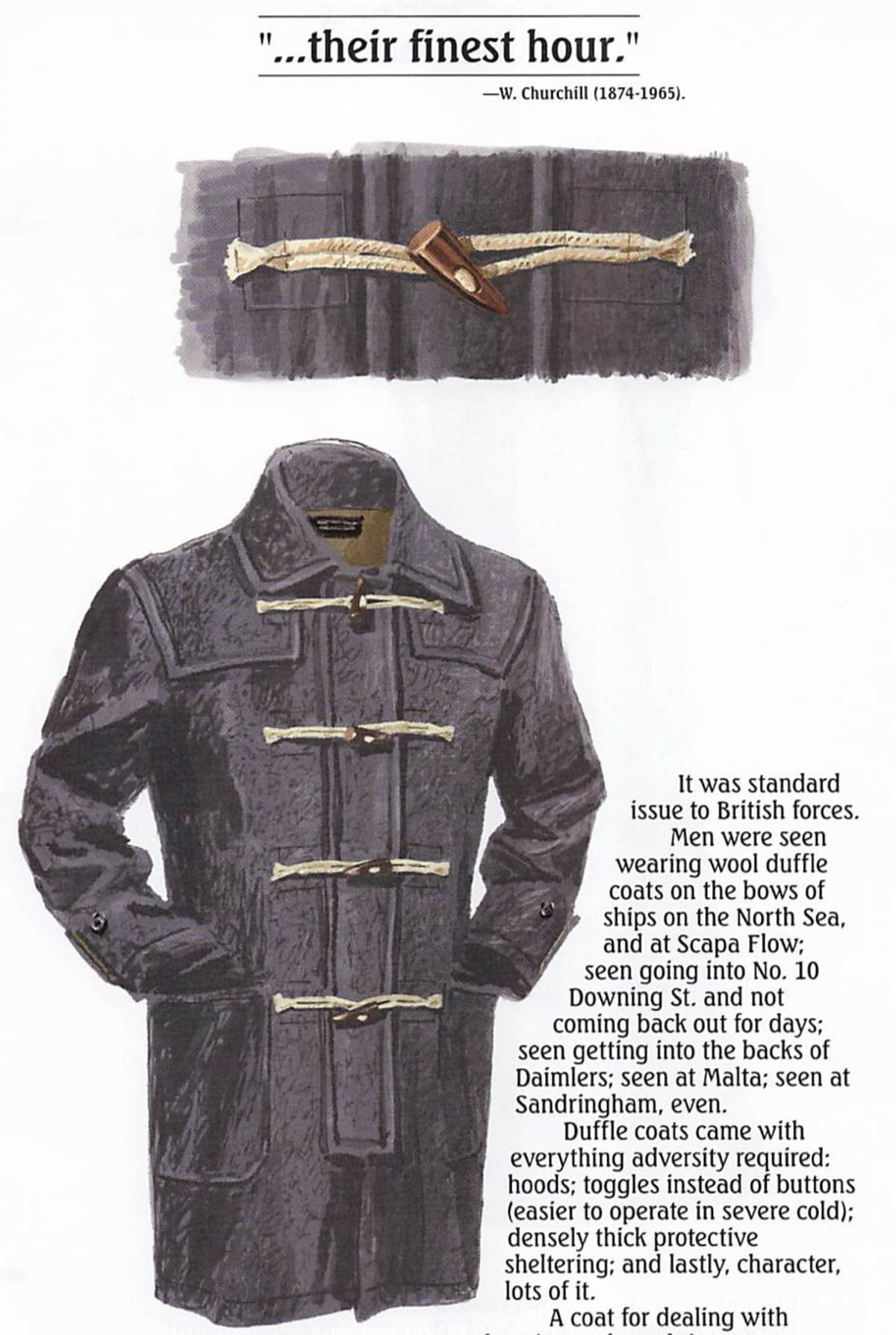
As you turn each page, you begin another completely unrelated micro story:

When you read these, it’s like you’re participating in conversations overheard among the rich and famous—and you’re one of them.
Another way to entertain is to do the unexpected, like selling a $549 boxing “heavy bag”:
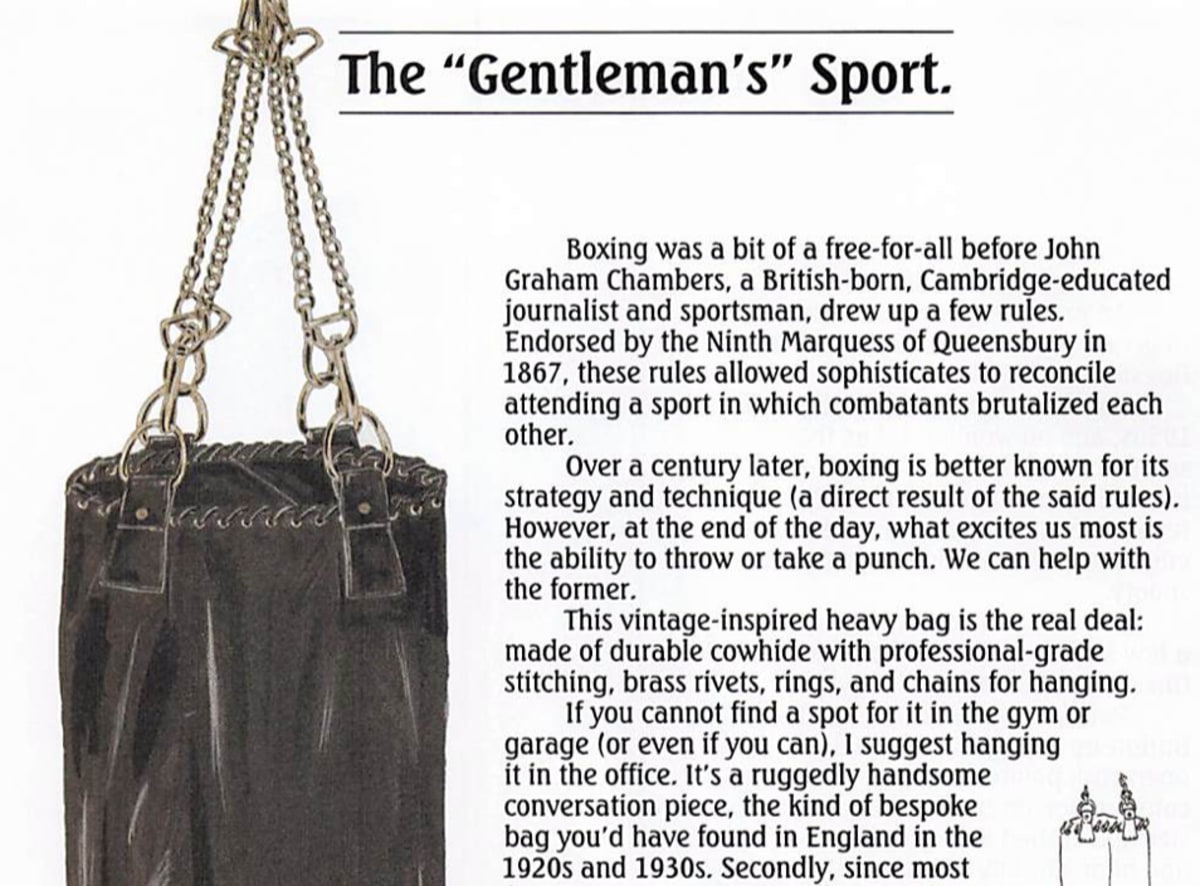
It makes the next item—leather sneakers—seem like a bargain at $248; and it adds to the anticipation of what might be on the next pages.
The copy in this catalog either repels or attracts. People who want to see clothing models and review detailed product specifications will be long gone, leaving those who want a break from the humdrum and to be transported to Peterman’s latest destination.
2. Tell me something I didn’t know
You also soon realize that you’ll read interesting facts—things you might even tell others when you wear the Peterman garment it relates to. For example:
Where the Atlantic and the North Sea meet, Muggle Flugga Lighthouse (pronounced how it looks) was built during the Crimean War to protect Britain from invaders and presides over a rocky island. The name comes from the Old Norse, Mikla Flugey, which means “large steep-sided island.”
Made from heavyweight felted wool, it’s a time- and weather-tested piece of a cadet’s uniform kit.
Corduroy has its origins in a cotton weave called fustian, developed in the Egyptian city of Fustat around 200 BC. It made its way to medieval Europe by way of Italian merchants. Here it became popular among nobles.
When was the last time you included an unusual statistic or obscure fact about what you offer? This addition alone can often deliver an ROI on the time spent reading your message.
3. Paint a picture with your words
On the way up the hill to the castle, I’m almost certain I saw a sign for the Cragganmore distillery. Luckily, I have just the thing to wear.
Faintest scent of carnations. English skin. Tall. Grand lack of fuss. Walks through Rules restaurant on a Tuesday like a colt in slow motion. Sits at a table 20 feet away.
This kind of text is much closer to a micro story than a product description, and we’re hard-wired to love stories. Maybe you don’t sell garments but instead sell software. You could still transport readers to the situations where the stakes are high and your software saves the day.
4. Speak in code if you know your target audience
If your audience knows that Knob Creek is the granddaddy of gun shows in America, then they will have a flash of recognition when they read your headline and body copy below:
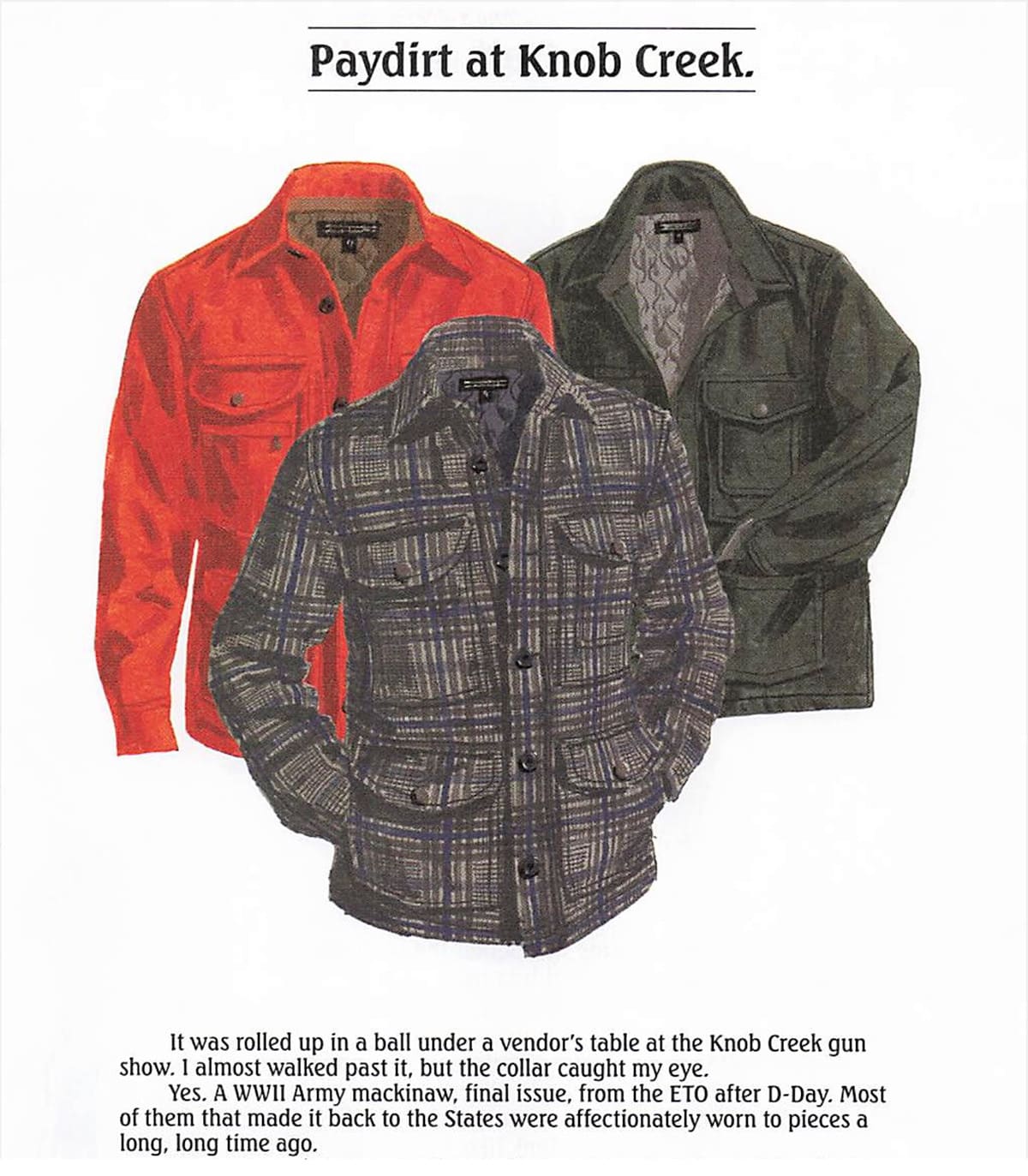
In another product description, if your audience knows something about high-end clothing, they’ll recognize the fashion references to Savile Row, Maiden Lane, and Milan.
How well do you know your target audience? More specifically, what terms do they use that outsiders won’t fully understand? Talking that way makes them know you are “one of us.”
5. Describe the benefit of the benefit
It’s not about the cloth. And it’s not how warm the cloth will keep you in the winter. It’s how you’ll look in Geneva while wearing that garment:
We added all the tailoring details you expect from a proper squire’s blazer. Tailored fit. Interior pockets. Button cuff. Pick stitch throughout. Welt chest pocket flap and waist pockets. The other members at your club will beg to know where to get one.
And it’s not just “cotton”:
In pure Italian cotton fabric from Duca Visconti, world famous mill of fine corduroys and moleskins Heavyweight moleskin twill-a supple, hardwearing, windblocking fabric cemented in Western history as the first performance fabric.
It’s going beyond what you’re selling, and understanding what people are buying. How do you want people to feel when they use your product or service?
Take the road less traveled
There’s safety in numbers, but there’s money in standing out. It’s easy to be outrageous, but that works best for narrow audiences like heavy metal bands, extreme martial arts, fringe political groups, and the like. Peterman stands out because of the high message-to-market match for its audience of educated, well-traveled, and well-off readers.
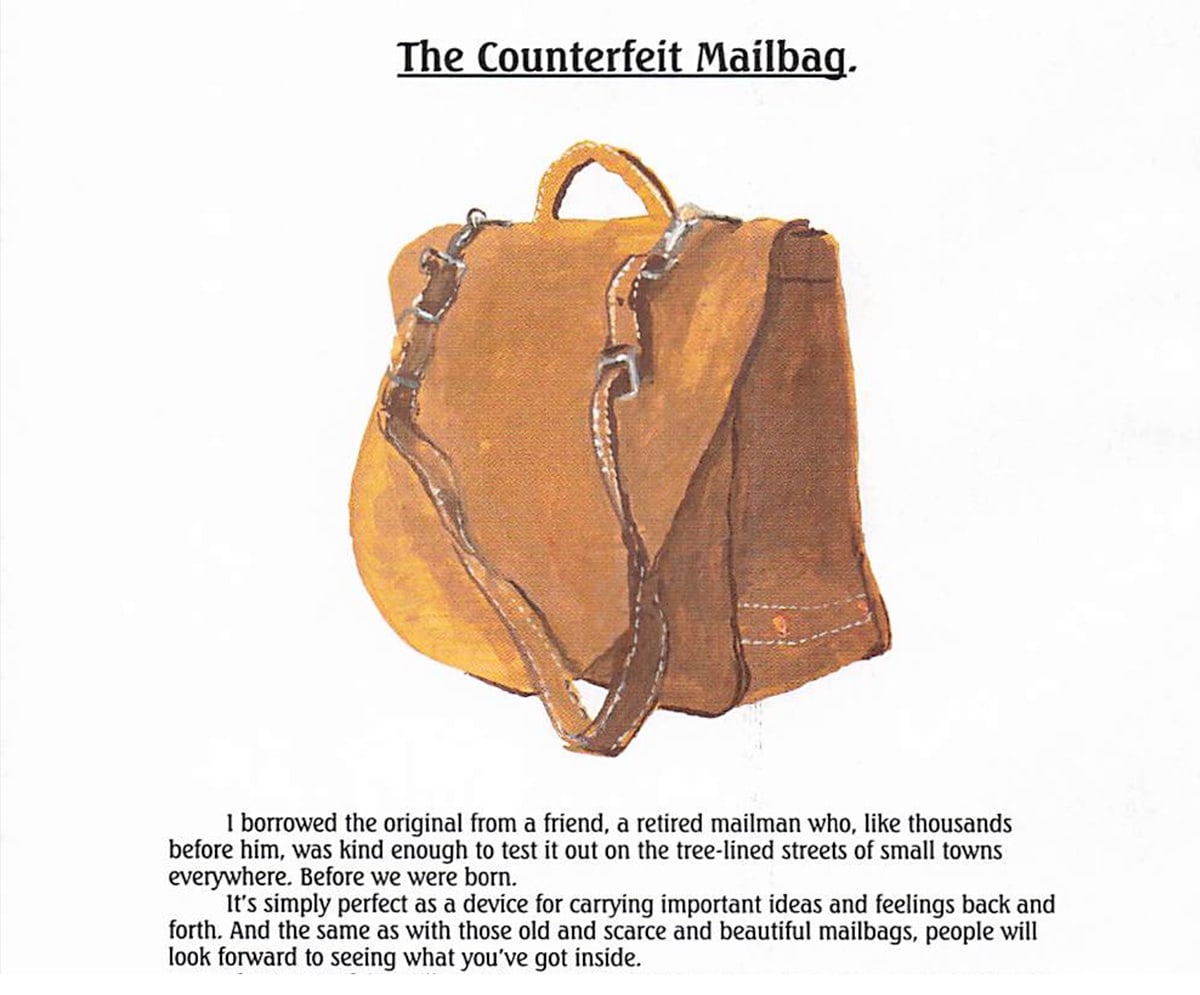
Less can be more. Think about how you might stop doing what everyone in your industry does and how you might use that to your advantage.
The late Gary Halbert said that people are searching for “content and contact.” Peterman still delivers content in the form of unique products. The contact comes from direct, personal language that feels friendly and interesting. It’s worth thinking about how you, too, can deliver your product or service in a fresh, friendly, and interesting way.
See you next time on Copywriting Friday.
How much did you like this article?
What’s your goal today?
1. Hire us to grow your company
We’ve generated hundreds of millions for our clients, using our unique CRE Methodology™. To discover how we can help grow your business:
- Read our case studies, client success stories, and video testimonials.
- Learn about us, and our unique values, beliefs and quirks.
- Visit our “Services” page to see the process by which we assess whether we’re a good fit for each other.
- Schedule your FREE website strategy session with one of our renowned experts.
Schedule your FREE strategy session
2. Learn how to do conversion
Download a free copy of our Amazon #1 best-selling book, Making Websites Win, recommended by Google, Facebook, Microsoft, Moz, Econsultancy, and many more industry leaders. You’ll also be subscribed to our email newsletter and notified whenever we publish new articles or have something interesting to share.
Browse hundreds of articles, containing an amazing number of useful tools and techniques. Many readers tell us they have doubled their sales by following the advice in these articles.
Download a free copy of our best-selling book
3. Join our team
If you want to join our team—or discover why our team members love working with us—then see our “Careers” page.
4. Contact us
We help businesses worldwide, so get in touch!
© 2025 Conversion Rate Experts Limited. All rights reserved.

